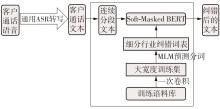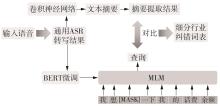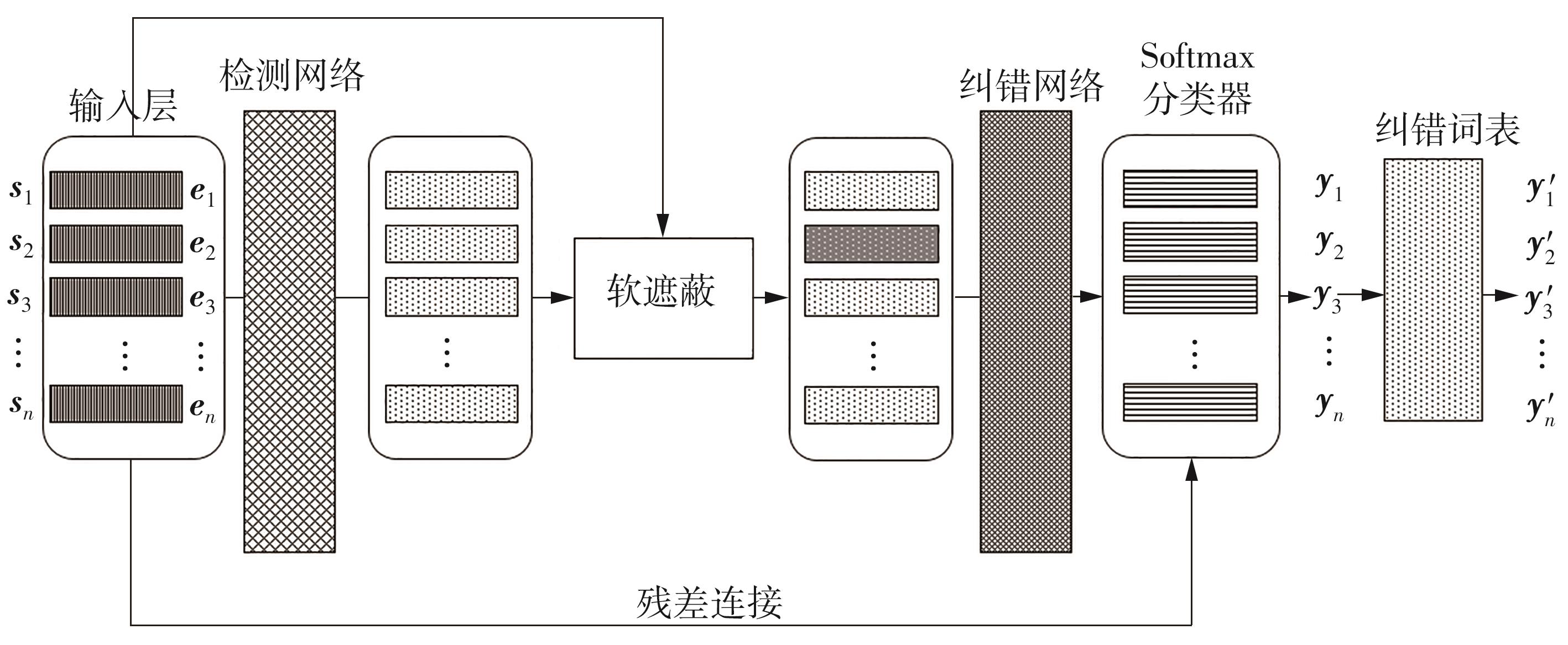| 1 |
蒋竺芳 .端到端自动语音识别技术研究[D].北京:北京邮电大学,2019.
|
| 2 |
王琦 .呼叫中心技术及其发展[J].中国数据通信,2004(1):50-53.
|
|
WANG Qi .Technology and development of call center[J].China New Telecommunications,2004(1):50-53.
|
| 3 |
王宏芳 .智能语音客服系统在呼叫中心领域的应用及展望[J].通信企业管理,2017(6):57-59.
|
|
WANG Hongfang .Application and prospect of intelligent customer service system in the field of call center[J].C-Enterprise Management,2017(6):57-59.
|
| 4 |
DAVIS K .Automatic recognition of spoken digits[J].The Journal of the Acoustical Society of America,1952,24(6):637.
|
| 5 |
YOUNG S, EVERMANN G, GALES M,et al .The HTK book[EB/OL].(2015-12-10)[2022-11-01]..
|
| 6 |
MADHAB P .Multilingual conversational telephony speech corpus creation for real world speaker diarization and recognition[C]∥Proceedings of the 2016 Conference of the Oriental Chapter of International Committee for Coordination and Standardization of Speech Databases and Assessment Techniques (O-COCOSDA).Bali:IEEE,2016:177-182.
|
| 7 |
胡登峰,黄紫微,冯楠,等 .关键核心技术突破与国产替代路径及机制——科大讯飞智能语音技术纵向案例研究[J].管理世界,2022,38(5):188-209.
|
|
HU Dengfeng, HUANG Ziwei, FENG Nan,et al .Path and mechanism of core technology breakthrough and domestic substitution:a longitudinal case study of IFLY TEK intelligent speech technology[J].Journal of Management World,2022,38(5):188-209.
|
| 8 |
杜灵君,武晓岛 .语音识别技术全球专利布局趋势[J].科技中国,2021(12):51-55.
|
|
DU Lingjun, WU Xiaodao .The global distribution trend of speech recognition patents[J].Scitech in China,2021(12):51-55.
|
| 9 |
曹冬玉,陶传奇,郭虹静,等 .用户评论驱动的语音测试数据生成方法[J].小型微型计算机系统,2023,44(7):1382-1390.
|
|
CAO Dong-yu, TAO Chuan-qi, GUO Hong-jing,et al .Yest speech generation driven by user reviews[J].Journal of Chinese Computer Systems,2023,44(7):1382-1390.
|
| 10 |
孙杰贤 .智能客服成为企业数字化转型突破口[J].中国信息化,2022(2):35.
|
|
SUN Jiexian .Intelligent customer service has become a breakthrough in digital transformation of enterprises[J].Information Technology in China,2022(2):35.
|
| 11 |
张琳涵 .面向转录文本的语音识别错误检测和纠正方法研究[D].哈尔滨:哈尔滨工业大学,2020.
|
| 12 |
ZHOU L, SHI Y M, FENG J J,et al .Data mining for detecting errors in dictation speech recognition[J].IEEE Transactions on Speech and Audio Processing,2005,13:681-688.
|
| 13 |
MERIPO N V, KONAM S .ASR Error detection via audio-transcript entailment[C]∥Proceedings of the Interspeech 2022.Incheon:The Acoustical Society of Korea,2022:3358-3362.
|
| 14 |
AINSWORTH W A, PRATT S R .Feedback strategies for error correction in speech recognition systems[J].International Journal of Man-Machine Studies,1992,36(6):833-842.
|
| 15 |
SUHM B, MYERS B, WAIBEL A .Multimodal error correction for speech user interfaces[J].ACM Transactions on Computer-Human Interaction,2001,8(1):60-98.
|
| 16 |
张佳宁,严冬梅,王勇 .基于word2vec的语音识别后文本纠错[J].计算机工程与设计,2020,41(11):3235-3240.
|
|
ZHANG Jia-ning, YAN Dong-mei, WANG Yong .Text correction based on word2vec speech recognition[J].Computer Engineering and Design,2020,41(11):3235-3240.
|
| 17 |
王兴建 .语音识别后文本处理系统中文本语音信息评价算法研究[D].北京:北京邮电大学,2010.
|
| 18 |
黄大吉,林海香 .基于嵌入式NLP的铁路车务术语语音识别方法[J].兰州交通大学学报,2020,39(5):64-69,75.
|
|
HUANG Da-ji, LIN Hai-xiang .Railway traffic term speech recognition method based on embedded NLP[J].Journal of Lanzhou Jiaotong University,2020,39(5):64-69,75.
|
| 19 |
马文晖,冯国斌,刘为民,等 .语音识别后文本纠检错算法研究[J].铁道通信信号,2020,56(11):55-58.
|
|
MA Wenhui, FENG Guobin, LIU Weimin,et al .Research on text error detection and correction arithmetic after speech recognition[J].Railway Signalling & Communication,2020,56(11):55-58.
|
| 20 |
KIM Y .Convolutional neural networks for sentence classification[C]∥Proceedings of the 2014 Conference on Empirical Methods in Natural Language Processing.Doha:ACL,2014:1746-1751.
|
| 21 |
DEVLIN J, CHANG M W, LEE K,et al .BERT:pre-training of deep bidirectional transformers for language understanding[C]∥Proceedings of the 2019 Conference of the North American Chapter of the Association for Computational Linguistics:Human Language Technologies.Minneapolis:Association for Computational Linguistics,2019:4171-4186.
|
| 22 |
VASWANI A, SHAZEER N, PARMAR N,et al .Attention is all you need[C]∥Proceedings of the 31st International Conference on Neural Information Processing Systems.New York:Curran Associates Inc,2017:6000-6010.
|
| 23 |
ZHANG S H, HUANG H R, LIU J C,et al .Spelling error correction with soft-masked BERT[C]∥Procee-dings of the 58th Annual Meeting of the Association for Computational Linguistics.Online:Association for Computational Linguistics.[S.l.]:Association for Computational Linguistics,2020:882-890.
|
| 24 |
SpeechIO .SpeechColab ASR leaderboard[EB/OL].(2022-10-24)[2022-11-01]..
|







